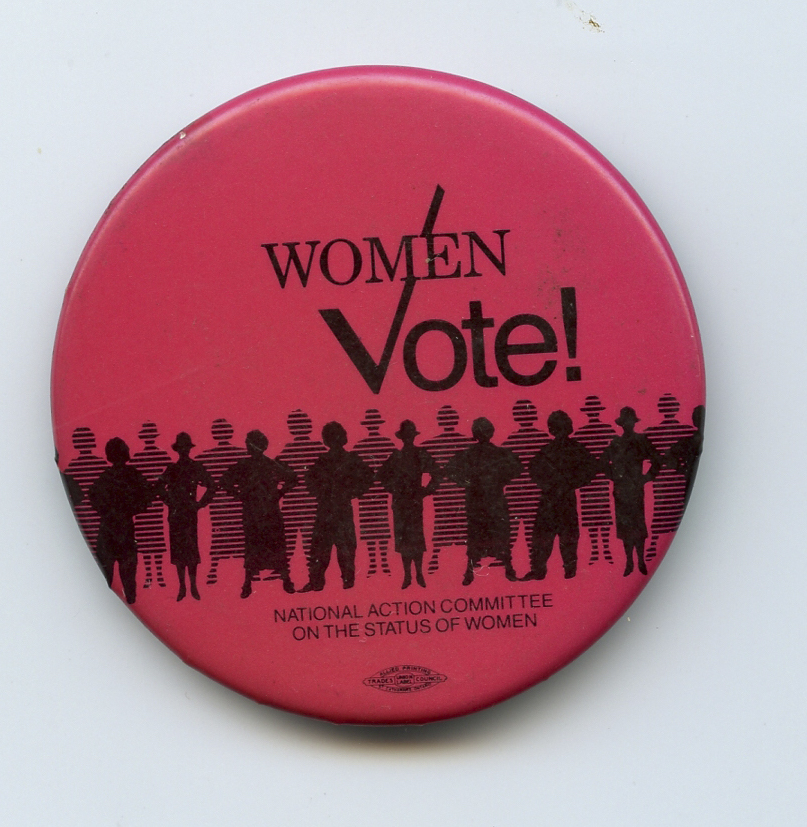Article
National Aboriginal Veterans Monument
The National Aboriginal Veterans Monument was unveiled in 2001 in Ottawa to commemorate the contributions made by Indigenous peoples in Canada during the First World War, Second World War and Korean War. The monument, a bronze statue with a granite base, was created by Indigenous artist Noel Lloyd Pinay of the Peepeekisis First Nation in Saskatchewan. It is situated in Confederation Park, directly across from the Lord Elgin Hotel. It is the first monument dedicated to Indigenous veterans in Canada.










